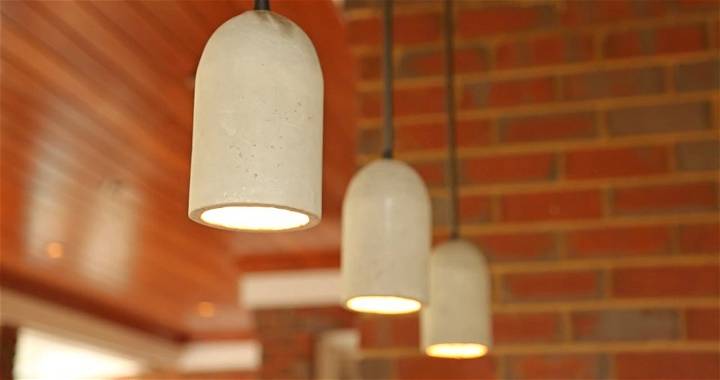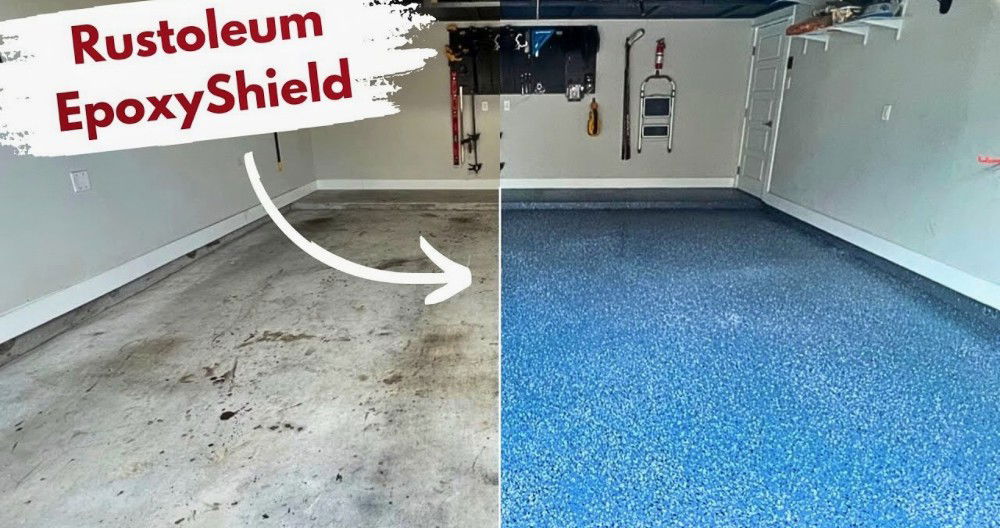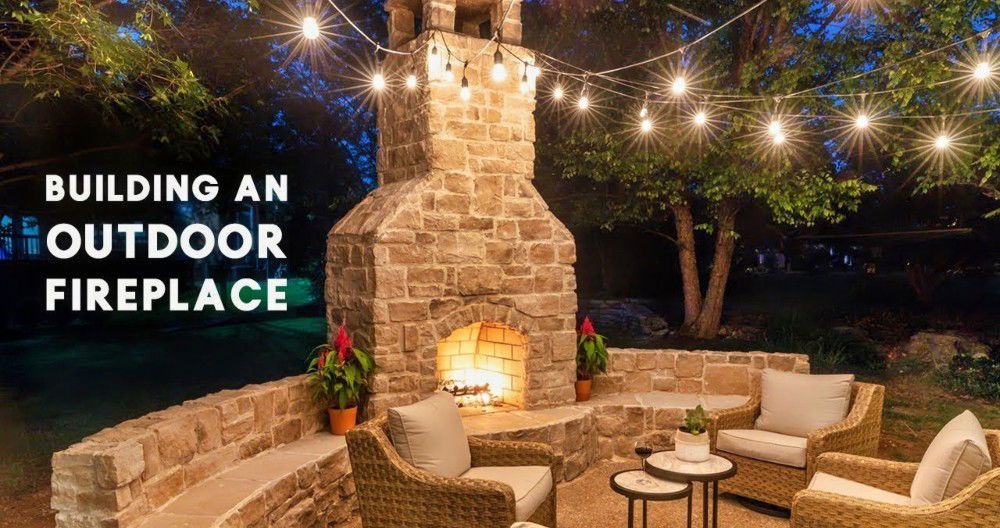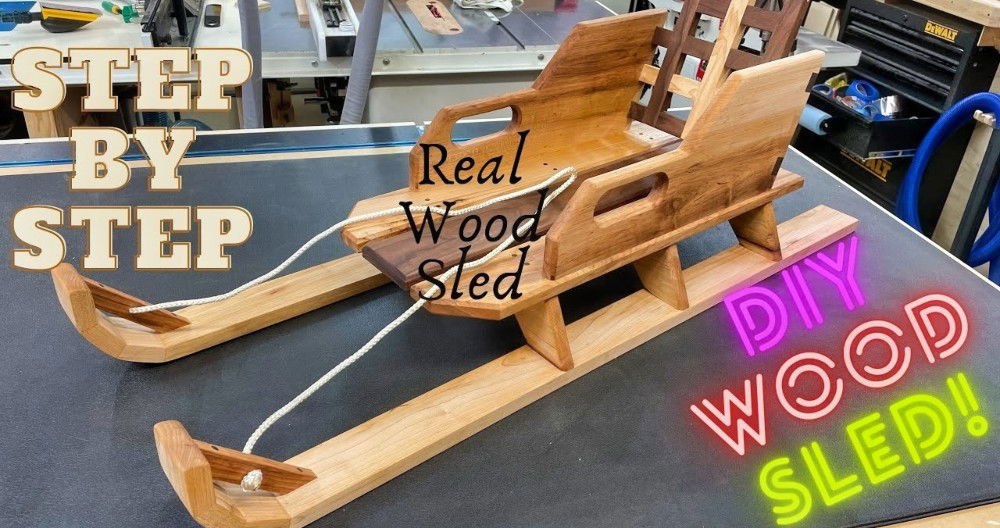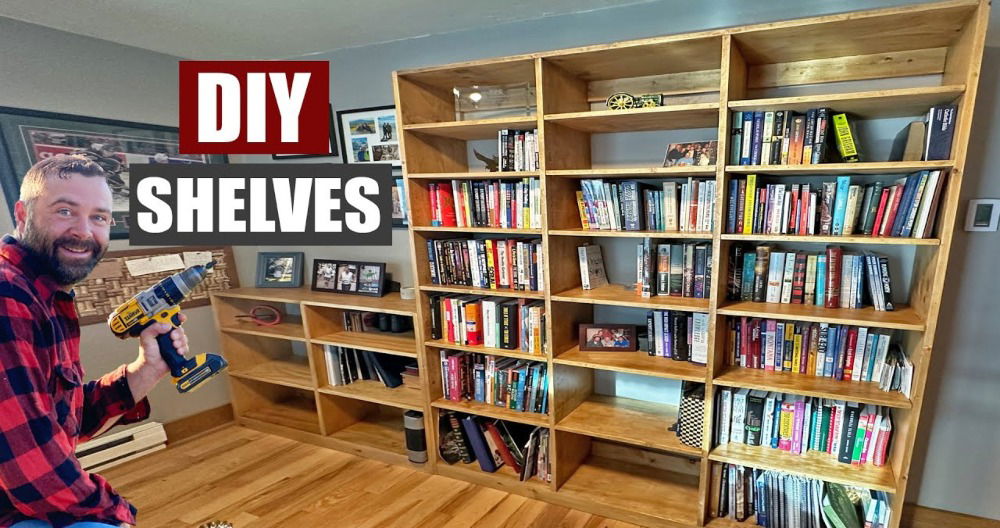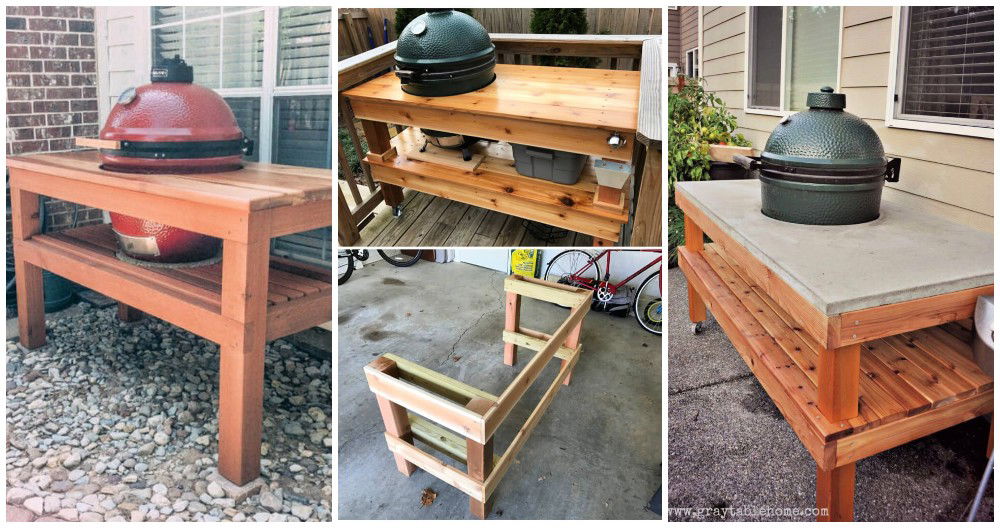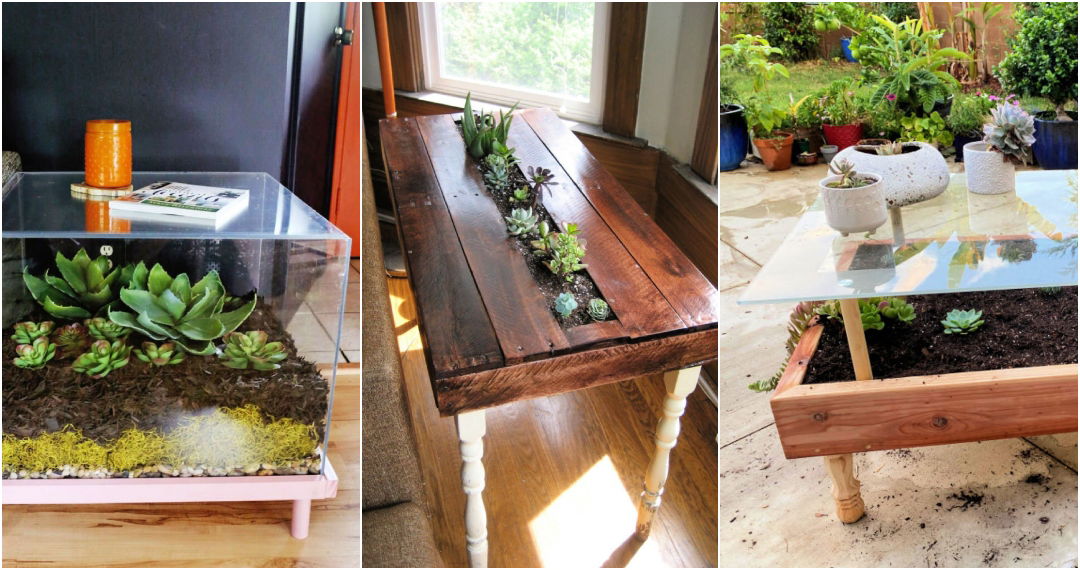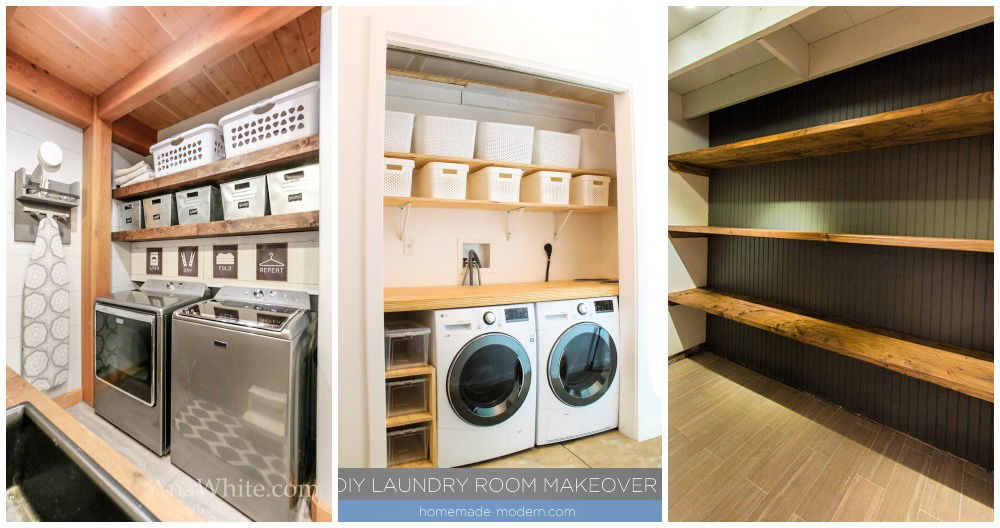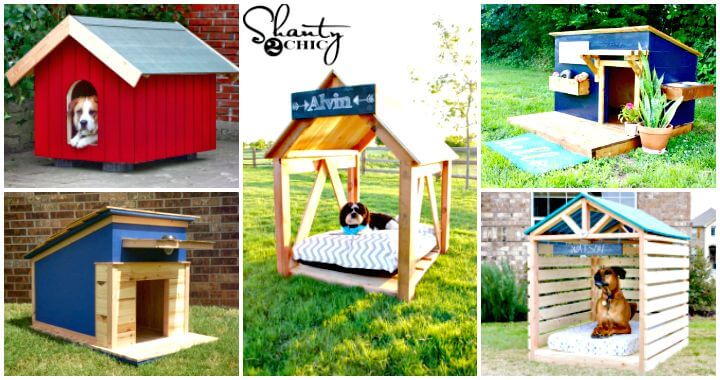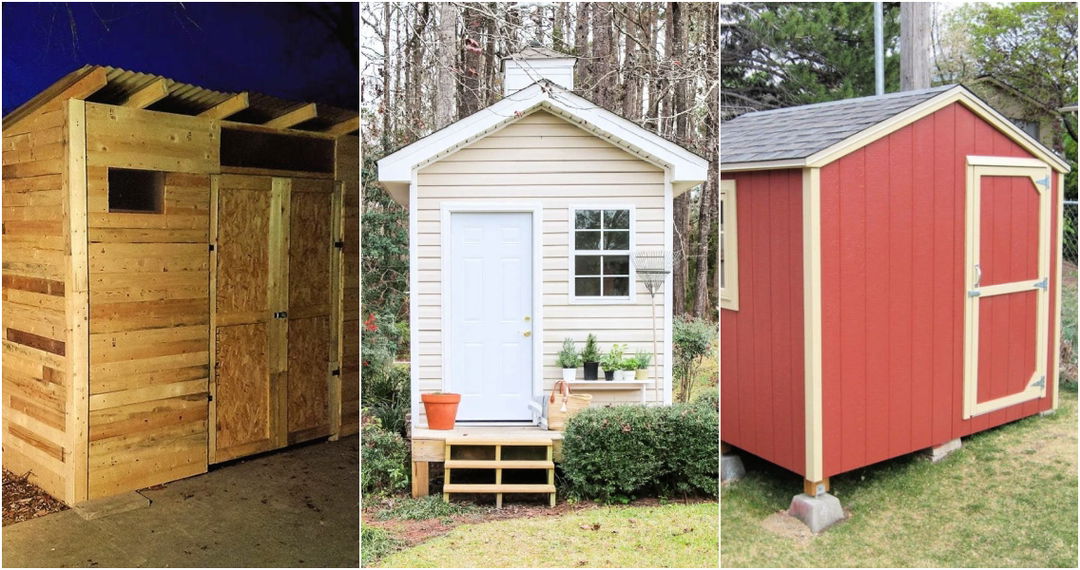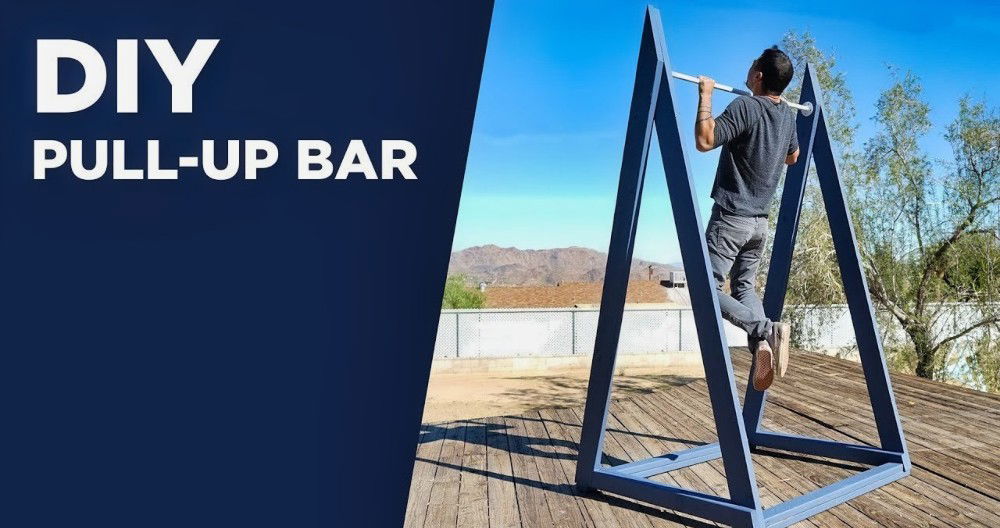Building a DIY coffee table from scratch was never on my bucket list. But when I stumbled across a few inspiring videos and saw just how much personality and life a handmade piece could bring into my living room, I was hooked. I wanted to build something unique, utilitarian, and reflective of my personal style. In this guide, I'll walk you through the entire process I followed, making it simple for anyone interested in crafting their own DIY coffee table.
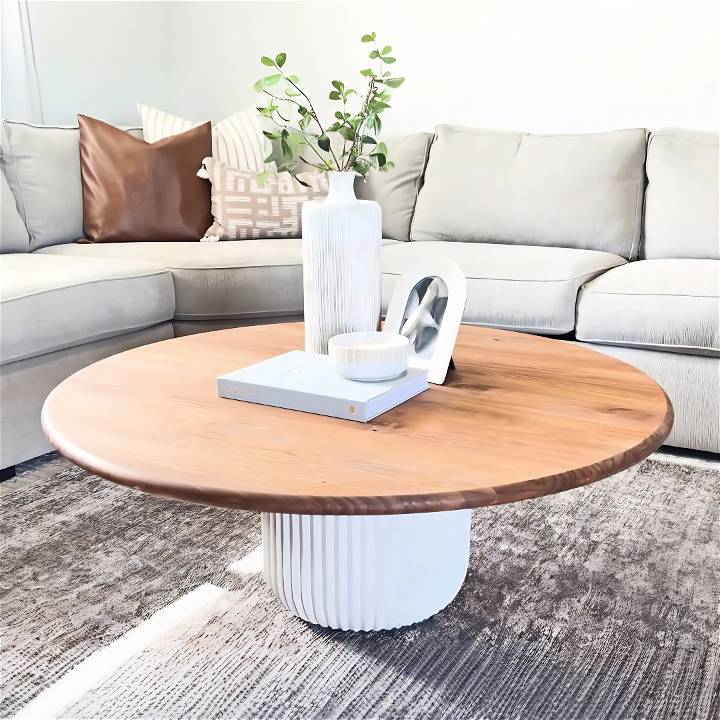
Planning Your Coffee Table Design
Discover how to plan your perfect coffee table design with step-by-step guidance. Get inspired and build a stunning centerpiece for your living space.
Materials Needed and Why
- Wooden Planks or a Wood Round: This will serve as the top of your coffee table. I chose a wood round because I loved its natural look and ease of preparation.
- Hairpin Legs: I opted for hairpin legs for their sleek and minimalist design, which contrasted nicely with the wood's rustic feel.
- Screws and Drill: Necessary for attaching the legs to the table top securely.
- Sandpaper: To smooth out any rough edges or surfaces, ensuring the table is both safe to use and pleasant to touch.
- Wood Stain or Sealer: This is optional but recommended for protecting the wood and enhancing its natural beauty.
- Safety Equipment: Gloves and goggles to protect your hands and eyes during the process.
Steps to Build Your Dream DIY Coffee Table
Learn the steps to build your dream coffee table, from finding the perfect wood to adding the finishing touches. Avoid common mistakes and gain personal insights.
Finding the Perfect Wood
It all starts with choosing the right wood. I visited a local lumber yard and found a beautiful round piece of wood, about 3 feet in diameter. Its natural edges and grain instantly caught my eye, making it the perfect candidate for my project.
Preparing the Wood
Once home, I laid out the round on a flat surface and began the process of sanding. Starting with a coarse grit, I worked my way up to finer grits until the surface was smooth. Remember, patience is key here; thorough sanding takes time but is crucial for a high-quality finish.
Attaching the Legs
Hairpin legs can be easily found online or at hardware stores. I positioned mine about 6 inches from the edge, ensuring they'd provide enough support without compromising the table's aesthetics. Using a drill, I securely attached each leg with four screws, double-checking their stability before moving on.
Finishing Touches
To protect the wood and bring out its natural color, I applied a coat of wood sealer, following the product's instructions carefully. This not only enhances the look of the table but also safeguards it against spills and stains.
Mistakes to Avoid
- Skipping Sanding: Don't underestimate the importance of a thoroughly sanded surface. It's tempting to cut corners, but doing so can leave you with a less than desirable finish.
- Poor Planning: Ensure the legs are properly positioned before drilling. Measure twice (or even thrice) to avoid any mishaps.
- Ignoring Safety Gear: Always wear protective equipment. DIY projects are fun but ensuring your safety is paramount.
Personal Reflections
This project taught me patience, creativity, and the satisfaction of building something with my own hands. My DIY coffee table has become a conversation starter, and knowing I buildd it adds to its charm. Whether you're a seasoned DIYer or a newbie, I highly encourage giving such a project a try. The sense of accomplishment is truly unmatched.
Enhancing Functionality: Adding Practical Features to Your DIY Coffee Table
When crafting a DIY coffee table, functionality is just as important as aesthetics. A table that caters to your lifestyle not only serves as a centerpiece but also enhances the convenience and comfort of your living space. Here's how you can add practical features to your DIY coffee table:
Built-In Storage Options
Maximize space with built-in drawers or shelves. Ideal for storing books, remotes, or board games, this feature keeps your living area tidy.
Adjustable Height Mechanisms
Incorporate a lift-top or adjustable legs to transform your coffee table into a dining or work surface. This is especially useful in small apartments where space is at a premium.
Tech-Friendly Additions
Charging stations and USB ports can be seamlessly integrated into your design. This modern touch allows you and your guests to charge devices without leaving the comfort of the couch.
Durable Surfaces
Choose materials that are easy to clean and resistant to stains. A well-sealed tabletop will withstand spills and wear over time.
Casters for Mobility
Adding wheels makes your table easy to move for cleaning or rearranging your space. Ensure they lock to keep the table in place when needed.
By enhancing your DIY coffee table, it becomes both stylish and functional for modern living. Balance practicality with a personal touch.
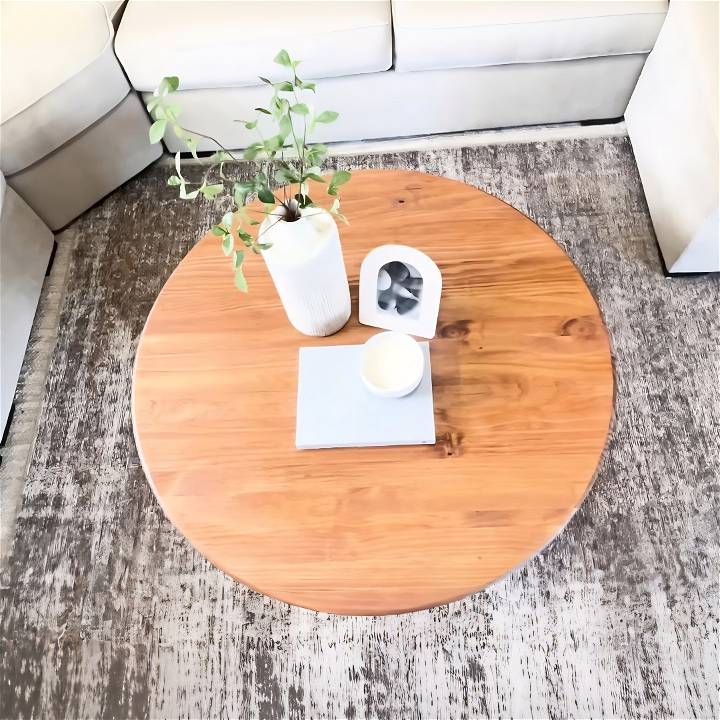
FAQs About DIY Coffee Tables
Building a DIY coffee table can be a rewarding project, but it may also raise several questions. Here are some of the most frequently asked questions answered to help you on your DIY journey.
What is the best wood to use for a DIY coffee table?
The best wood for a DIY coffee table depends on your aesthetic preference and budget. Pine is affordable and easy to work with, while oak and walnut offer a more durable and high-end finish.
How can I ensure my coffee table is stable?
To ensure stability, use sturdy materials and reinforce joints with screws or brackets. Always check that legs are even and well-attached.
What tools do I need to build a coffee table?
The basic tools you'll need include a saw, drill, sander, screwdriver, and measuring tape. Having a level and clamps can also be very helpful.
Can I make a coffee table without woodworking skills?
Yes, you can opt for pre-cut lumber or repurpose materials like pallets. There are also kits available that require minimal skills.
How do I protect the surface of my coffee table?
Apply a sealer or varnish to protect the wood from stains and water damage. For extra protection, consider using coasters or a glass top.
How can I make my coffee table multi-functional?
Add features like storage compartments, adjustable heights, or built-in trays to increase the functionality of your coffee table.
Conclusion
Crafting a DIY coffee table can be a rewarding experience. It allows you to inject a bit of your personality into your living space, serving not just as a piece of furniture but as a testament to your creativity and effort. Follow these steps, embrace the process, and soon, you'll have a handmade DIY coffee table you can be proud of.


